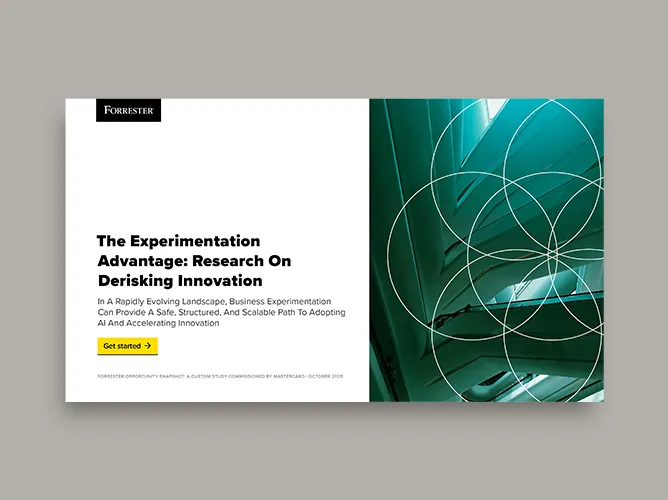August 24, 2023
Part three of a three-part series on customer acquisition. Here we look at the future of marketing campaigns. Parts one and two clarify common misunderstandings associated with online cookies and explore new data-driven approaches to acquisition.
As marketers say goodbye to third-party cookies, they might want to also consider rethinking another staple of customer acquisition: the marketing campaign.
The suggestion is not to say goodbye completely. Rather, it is to acknowledge that the traditional campaign mindset is a hangover from an analog world that lacked the malleability of today’s digital approaches.
Marketing campaigns by definition run for a limited period. One ends, another begins. The approach is somewhat like going to the gym every now and then for an intense workout.
An alternative approach is to work out consistently in the pursuit of steady gains. The approach does not rule out intense workouts. On the contrary, it makes them more effective if your body is already in good enough shape to handle them.
For marketers, the approach represents more than just the difference between one-off campaigns and “always-on” series of campaigns. Instead, it embraces the concept of “growth hacking”, which refers to the repeated use of low-cost data-driven approaches to keep customer acquisition in tiptop shape. Still, the focus is on profitability. Cheaper acquisitions tend to have lower customer lifetime value, so approaches need to be targeted.
The “hacking” may include surface tweaks, such as a retailer improving a user interface to reduce shopping cart abandonment, or it may involve background tweaks, such as a bank conducting more sophisticated credit forecasting to better address customers’ needs. Regardless of the complexity or scale, the foundation in all cases is data.
First-party customer data enables depth in analysis; independently anonymized global transaction data enables breadth. The analyses uncover areas for tweaking, and a test-and-learn methodology then provides the insights needed for growth hacking.
What does the future hold for marketing campaigns?
Growth hacking by no means ousts marketing campaigns. It exists as a complement to them and sometimes as a way to supercharge them. Perhaps most importantly, it relies on the additional data afforded by them.
Standard metrics, such as clicks or views, that come out of marketing campaign data are often seen as proxy metrics since they serve as substitutes for underlying performance metrics. But they are often poor substitutes and require context to be of any real worth.
For example, a good click-through rate (CTR) matters little if no customer acquisition results or if the acquisitions are all poor quality. For the same reason, a good cost per action (CPA), which may tie a cost per click (CPC) to customer acquisition, does not automatically result in a good return on investment.
Accurate assessments of customer lifetime value require more than CTRs, CPAs or CPCs that lack context. The dismissive term “vanity metric” captures how little proxy metrics are worth on their own. But the name overlooks the usefulness of the metrics as inputs into overall customer acquisition strategies.
Rather than serving as results themselves, proxy metrics from campaign data are more useful as sources that serve alongside the metrics from in-depth customer data and global transaction data. Together they should feed the same virtuous feedback loop in the customer acquisition processes to allow for the continual improvements that befit a complete customer lifecycle marketing strategy.
Acquisition is as much about new customers as it is about new products and services for existing customers to keep them engaged. A competitive market means even the most promising acquisitions may quickly stray if not carefully nurtured.
Endless tweaking has a negative connotation when viewed as a deterrent to progress, such as launching a campaign on time. That mindset should now be anachronistic in a time of digital marketing with its ability to accommodate ongoing adjustments on the fly for better business outcomes.
At Mastercard, we apply the umbrella term “performance engine” to all the data-driven tweaking. The reference is to a finely tuned motor.
Read part one, Customer acquisition in all its irony, and part two, A new source for customer acquisition, for further tuning. Or download the consolidated report: Customer acquisition's three-act play.











